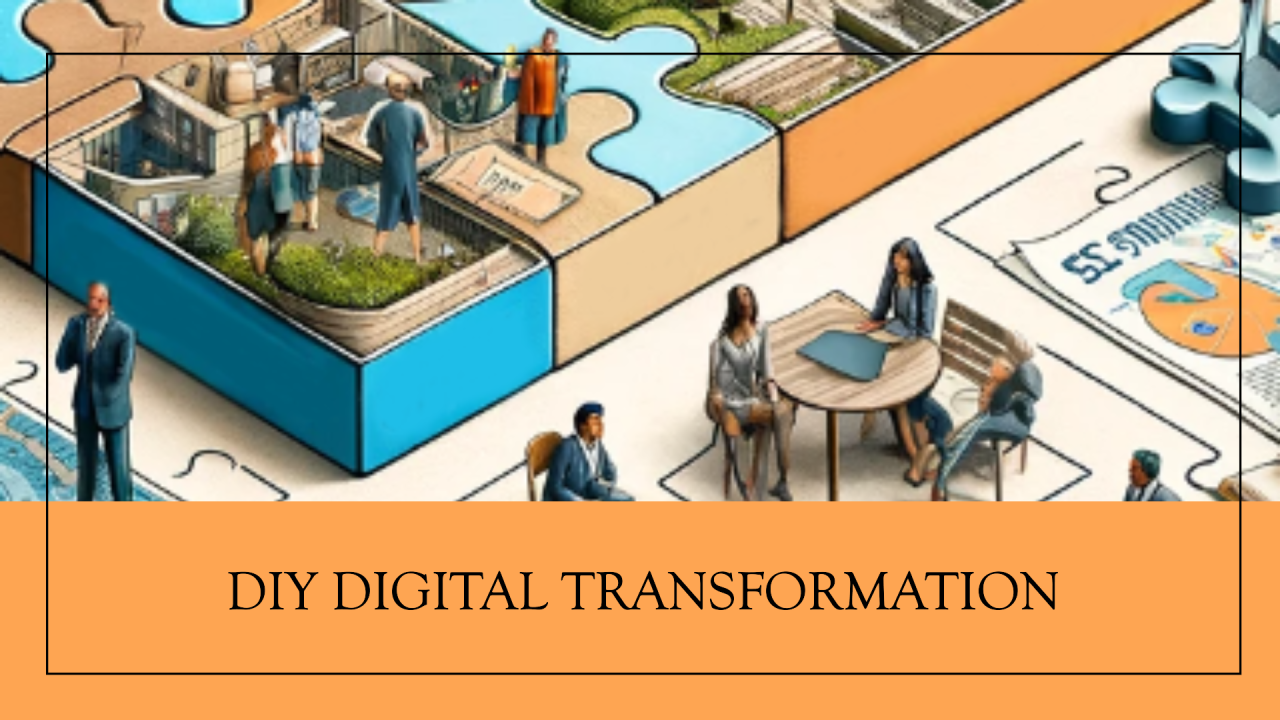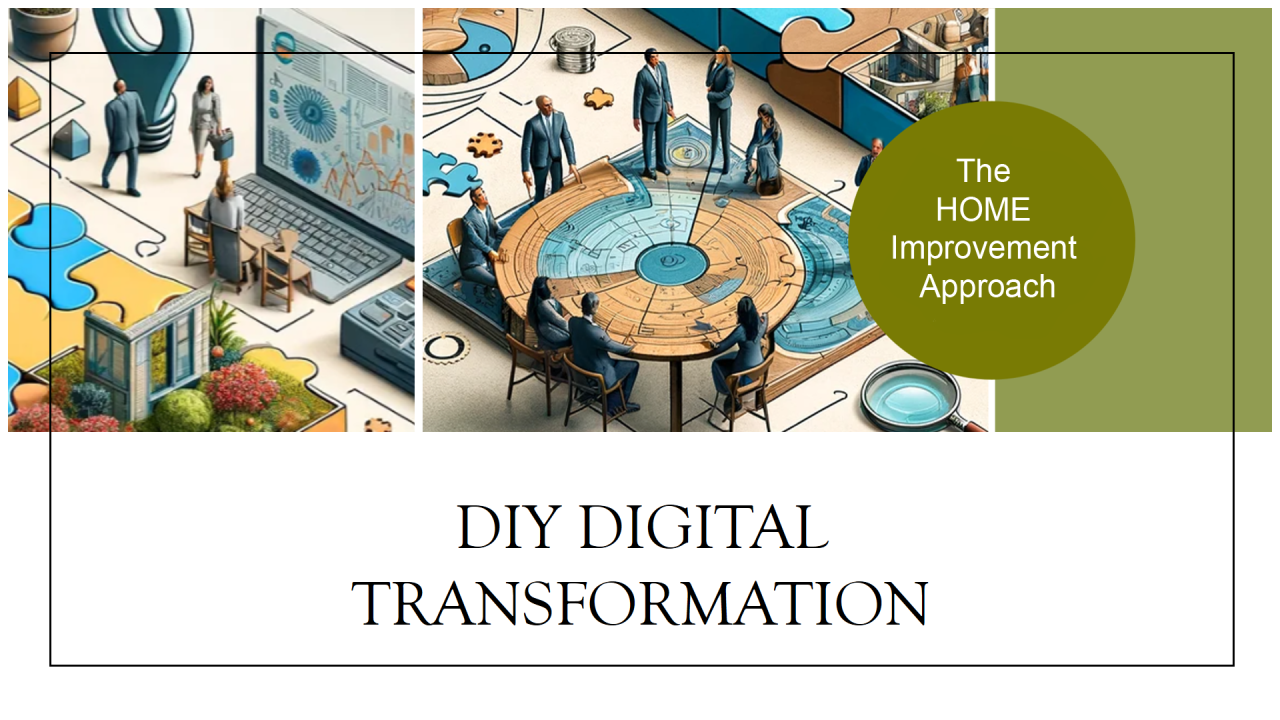DIY Digital Transformation – Part 4: Employee Engagement

This is Part 4 of a series on DIY Digital Transformation. In this article, we explore a construction company’s goal of “going paperless” by moving from printed, handwritten timesheets to a cloud product where employees could track their activities in real time and allocate them to specific jobs. The planned benefit would be for head office to have a better idea of which types of jobs were most profitable and where they could make changes.
If you find this interesting, please check out the rest of the series:
- Part 1: Holistic Analysis
- Part 2: Organisational Procedures and Work Practice
- Part 3: Mapping Current & Future State
Have you encountered similar challenges? How did you resolve them?
The Issue
The company aimed to modernise its timesheet management by introducing a digital system. However, this initiative quickly faltered due to a lack of consultation with employees, who continued using paper forms, leaving the administrative staff to manually input data into the new system.
The Problem
The plan to go paperless actually ended up doubling the work. The management were initially upset and blamed the staff for a lack of compliance. However, when we took a closer look at what was actually happening in practice, the situation became clearer.
Firstly, the email hurdle.
The managers assumed that getting everyone to login and enter time would be easy, The implementation had been very smooth in the office. The situation was quite different for the casual workers, however. There was an existing HR policy to only setup email addresses for permanent staff due to per user cost to maintain user logins, both for the email system and the timesheet system. So casual employees did not have company email. It addition, it was an extra email account for them to manage and monitor, which was a technical burden for them as well.
And then logistics.
Both in the warehouse and in the field, there were OHS requirements about Personal Protective Equipment (PPE), such as gloves and protective eyewear. The management had decided tablets were too expensive, so they expected the employees to use the phone app. The app worked well, but as one of the tradies demonstrated, the app was not designed “for gloves or sausage fingers”. So the data entry was slow and they often had to correct entries. It frustrated them so much that they resorted to writing their times on scraps of paper, which they hid from their managers and entered it at a later time when it was more practical – so essentially they were still using the paper format but without the template they had previously.
So, the move to streamline things had us doubling the work, while managing to create a greater divide between office and field staff – it was a 2 for 1 loss!
Addressing the Issue
This scenario underscores a frequent oversight in digital transformation: the failure to engage with and understand the needs of those who will be using the new systems daily.
Key Actions
Engage directly, deliberately and with curiosity. You’ll be amazed at how much more open people are with you.
- Direct Engagement: Immediately start conversations. Ask your team about their daily hurdles, what changes they’d want, and what annoys them most. Use these insights as your foundation for change.
- Simplify Access: Remove barriers. If company emails are a hurdle, find alternatives. Use personal emails or mobile numbers for system access where possible.
- Prototype and Iterate: Quickly develop a simple, usable version of the new system and get it into the hands of your employees. Collect feedback on what works and what doesn’t. Iterate rapidly.
- Real-World Testing: Don’t rely on hypotheticals. Test the system with both typical and atypical projects. Demand specific examples from your team and refine the system based on these real scenarios.
- Transparent Communication: Keep everyone in the loop. Share why changes are happening, how they’ll benefit, and the support available to navigate these changes.
- Train and Support: Offer straightforward, accessible training sessions. Provide ongoing support to address issues as they arise, ensuring no one is left struggling with the new system.
- Feedback Loop: Establish a clear, easy process for feedback. Show your team that their input directly shapes the system, building trust and buy-in.
Approach change with curiosity.
Your team’s insights and real-world experiences are invaluable. By actively involving them in each step, from initial discussions to system refinement, you’ll not only overcome resistance but also champion a solution that truly meets their needs. Let’s transform challenges into opportunities for growth together.
Share your Stories
Encountered a similar hurdle in integrating new technology with existing processes? Share how you navigated these challenges and the lessons learned along the way.
What Now?
Facing transition challenges within your organisation? For advice on developing effective systems and processes for your project management approaches or other aspects of digital transformation, please reach out: https://www.linkedin.com/in/anitagisch/
Passionate about Business Improvement and Transformation, I’m always here for a chat!




